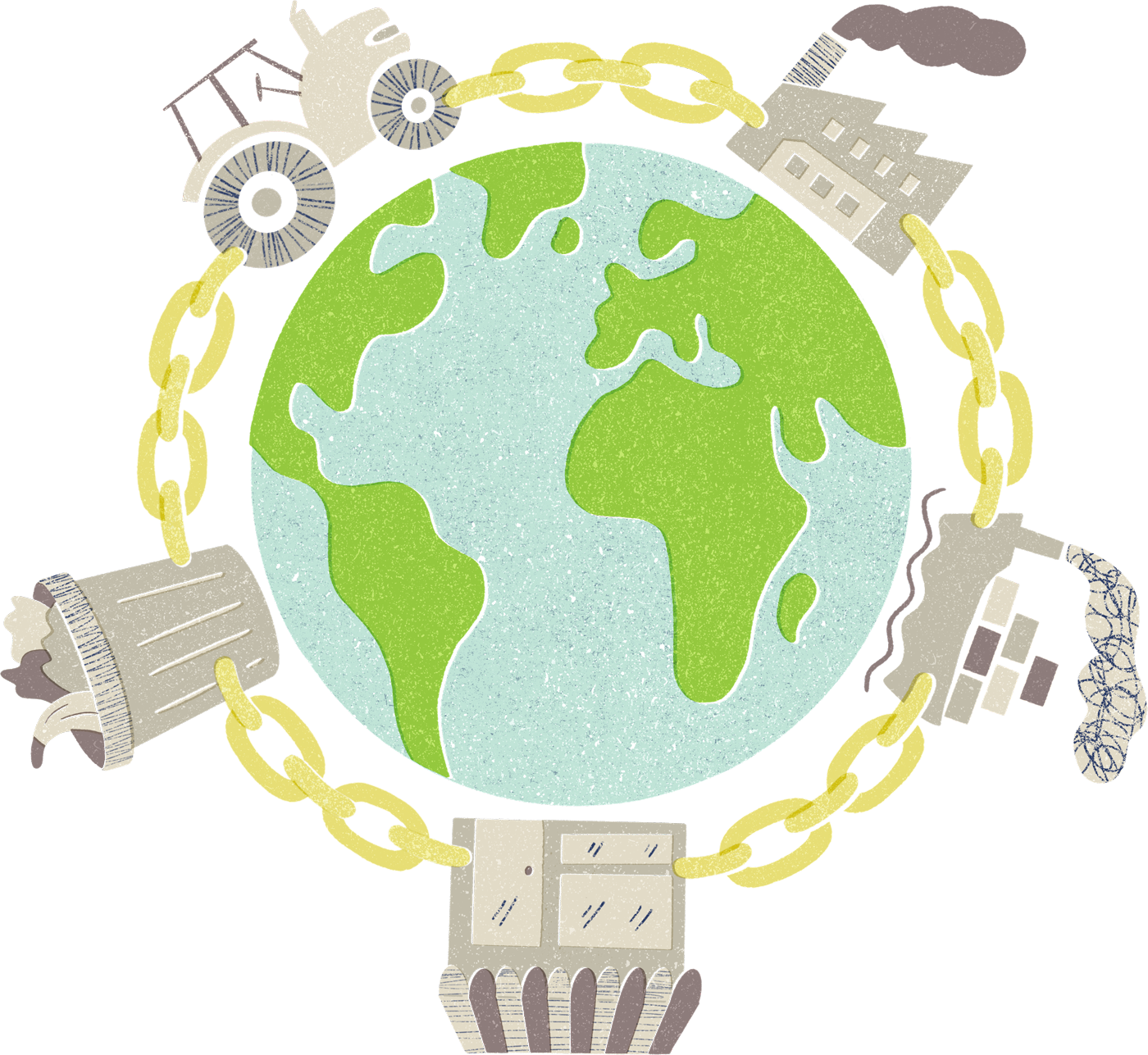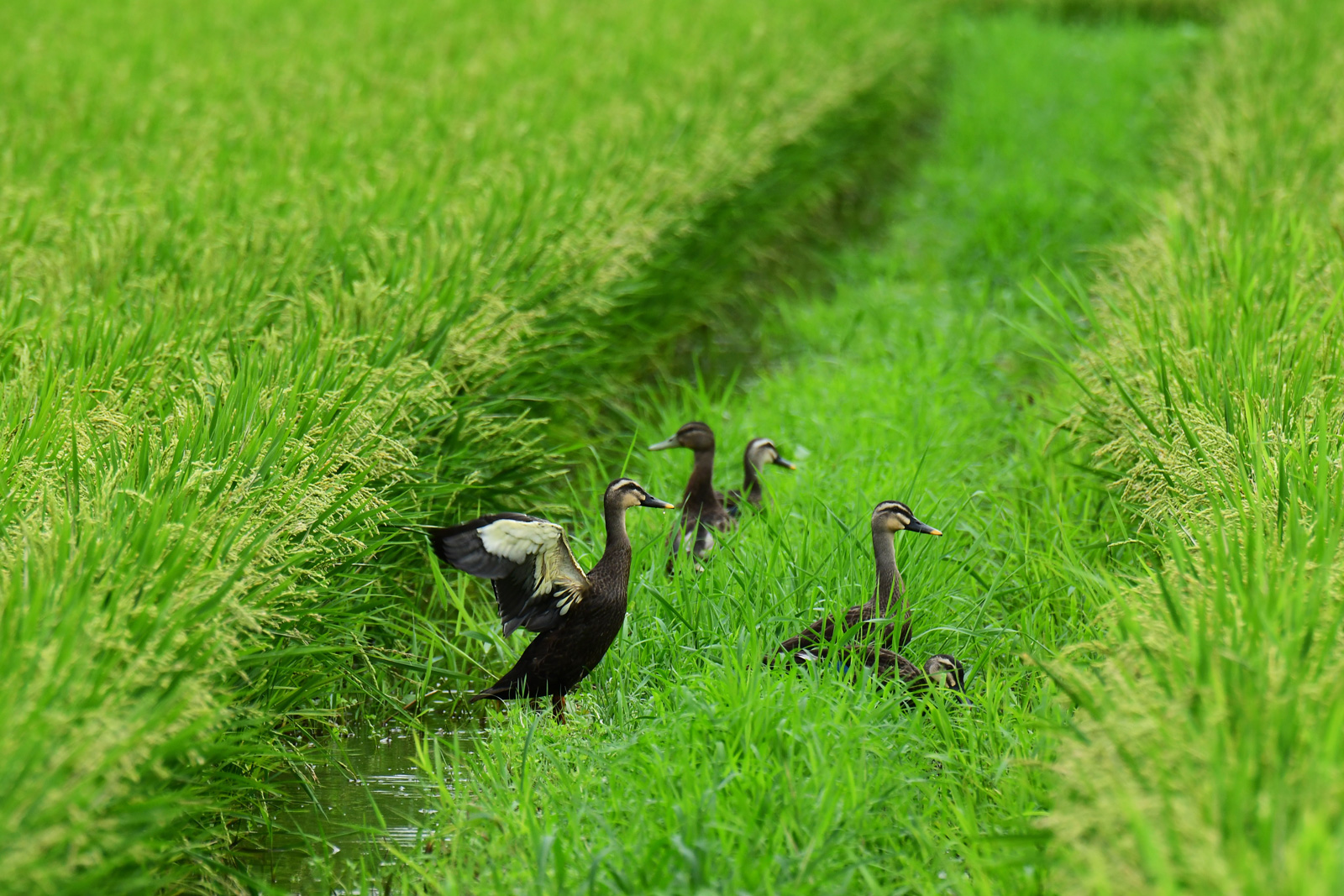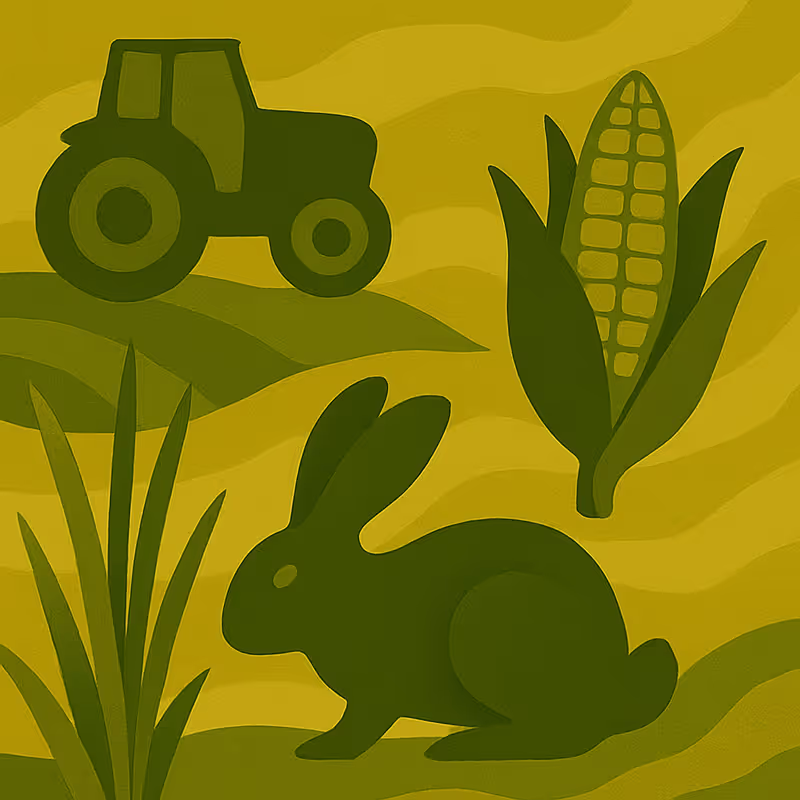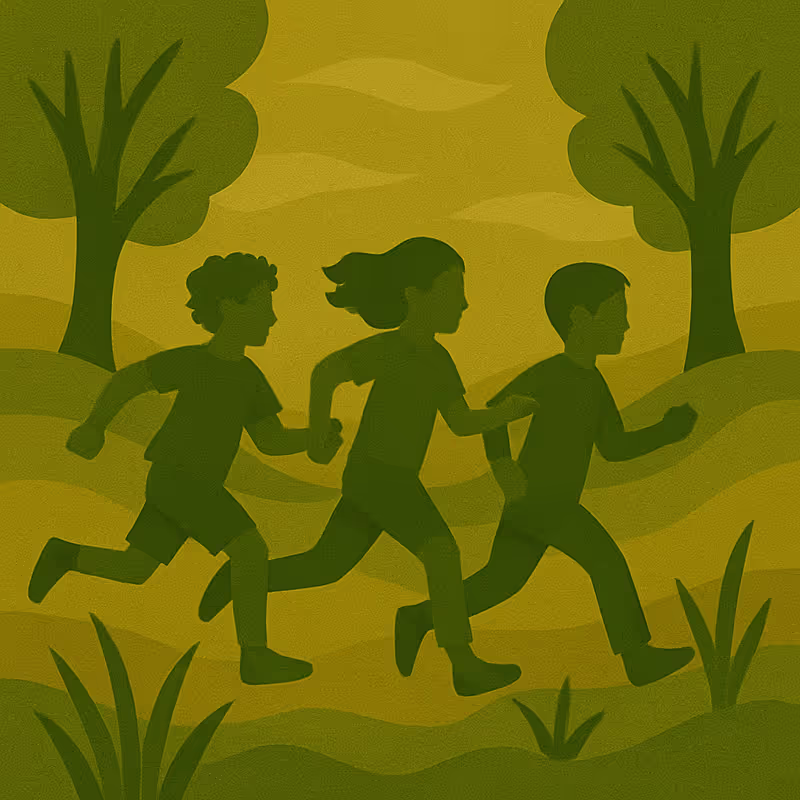.png)
Food sovereignty refers to ‘the right of peoples to healthy and culturally appropriate food produced through ecologically sound and sustainable methods, and their right to define their own food and agriculture systems’ (La Via Campesina, n.d.).
Please note that some of the activities in this online course require watching a video in English. You can select subtitles in your own language, if they are available. If they are not available, you can select auto-translation of subtitles into your language from each video’s settings on YouTube.
Learning objectives:
- Understand the given definitions of biodiversity, nature and ecosystems
- Understand that there are different definitions and ways of valuing biodiversity and nature
- Understand the different kinds of ecosystem services and how they highlight the many ways in which biodiversity supports human life
Food is more than fuel
Alongside water and air, food is one of the building blocks of human life. We source the nutrients and energy that we need from a variety of foodstuffs.
But food is not just about nutrients and calories: food also plays an important socio-cultural role. Food brings us together, and reflects the local ecological context, cultural values, and history. It connects us to prior and future generations through the transmission of seeds, land, agricultural practices, recipes and memories.

Reflection (5’)
Prompt: What food item or recipe connects you to your family or culture? How is it connected to the local ecology (think of the landscape, the soil, the climate), where you live or where you come from? What memories do you associate with this food item or recipe?
What is the global food system?
Since the mid-20th century, local food traditions have increasingly been absorbed into a vast, highly interconnected global food system.
According to the UN World Food Programme, food systems are the ’networks needed to produce and transform food and ensure it reaches consumers’ (World Food Programme, n.d.).
The dominant global food system links at a global scale:
- intensive agriculture
- trade and global commodity markers
- food processing
- food retailing
- waste

At first glance, this global food system seems highly efficient: many food items are available all year-round in supermarkets. But this convenience hides important ecological and social costs: biodiversity loss, climate change, poverty and marginalisation, public health issues, and cultural loss.
This module will focus on one dimension of the current global food system: (intensive) agricultural production, and how it impacts biodiversity, alternatives to it, and the importance of biodiversity for the food system.
The role of biodiversity in food production
Biodiversity refers to the variety of life at the level of genes, species, and ecosystems (Cardinale, et al., 2012).
Biodiversity is essential for food production (FAO, 2019). In the simplest of ways, biodiversity supports human life at physical and cultural levels by providing the variety of plants and animals that we consume every day and the ecosystems that underpin their existence.
Diverse agroecosystems underpin essential ecosystem services.
Agroecosystems refer to ecosystems ‘that have been modified by people to produce food, fibre, fuel and other products for human consumption and processing’ (Maes, et al., 2018).
- Microbes, earthworms, and fungi maintain the vitality of the soil.
- Vegetation buffers runoff and filters pollutants before they reach waterways.
- Predators such as insects (e.g. ladybugs) and birds keep pests in balance.
- Diverse agroecosystems increase resilience to climate shocks, such as drought, floods, or disease, and sequester carbon emissions.
- Diverse flora attract and feed pollinating insects and other animals which are vital for crop reproduction.
- Diverse agroecosystems ensure more diverse diets and better nutrition.

A more biodiverse ecosystem is a more robust one due to its high genetic and functional diversity. Having biodiversity built into a food system increases its robustness and therefore its resilience to stresses and shocks.
Functional diversity refers to the value and the variety of things that organisms do in an ecosystem.
In relation to food systems, we use ‘agrobiodiversity’ to refer to the variety of life that is cultivated or managed by humans to support food production. This includes not only edible species, but also other beneficial organisms such as pollinators and earthworms (FAO, 2004).
Just as in ecosystems generally, in biodiverse agricultural systems, different species can support each other, and different species are resilient to different conditions. This reduces the risk of a single impact (rain, drought, disease, pest, etc.) - in particular in the context of climate change - entirely wiping out a year’s crop.
Biodiversity can also provide the services that are currently fulfilled by practices commonly used in intensive agriculture, such as heavy machinery, and chemical substances. Ironically, many of these practices are substitutes for services that nature and biodiversity can provide, without the negative impacts that come with intensive agriculture.
Let’s take the example of chemical fertilisers. Widely used synthetic nitrogen fertilisers harm biodiversity through nitrogen runoff on land and in aquatic ecosystems, and contribute to climate change through nitrous oxide emissions. Nitrous oxide emissions are up to 300 times more powerful than CO2 emissions at warming the atmosphere over a 100-year timescale (Ritchie, et al., 2020).
Plants do need nitrogen to grow. Whilst nitrogen is the most abundant gas in the air, plants cannot absorb it directly from the air. They need an intermediary to bring the nitrogen from the air into the soil. This intermediary function can be performed naturally by bacteria residing on the roots of nitrogen-fixing plants. Nitrogen fixing plants can be grown alongside crops instead of using synthetic fertilisers. Many of these plants, such as peas and beans, produce their own crops that constitute plant-based, fibre-rich sources of protein.
Chemical pesticides also harm human health and biodiversity (European Environment Agency, 2023). For example, insects and other invertebrates are highly impacted by pesticides, with certain pesticides being a major cause of pollinator decline. The extensive use of pesticides is also one of the main causes of the decline of insect-eating and farmland birds (European Environment Agency, 2023).
Chemical pesticides can also be replaced by biodiversity. For example, the integrated rice-duck-fish farming system is a traditional Chinese agricultural practice which combines growing rice, with farming ducks and fish in a paddy field. Ducks and fish eat harmful insects and weeds, their manure fertilises the soil, and their movement also stimulates the growth of the rice plant. The rice plant provides shade and organic matter for the ducks and fish, whilst they help the rice plant grow by controlling pests. Ultimately, the rice-duck-fish practice also helps farmers by providing a more diverse income, as they are able to also sell duck and fish and not just rice. This practice has shown great outcomes in terms of productivity, biodiversity and other environmental impacts (Zhang, et al., 2023).

Biodiversity is a cornerstone of our food system, yet, intensive agricultural production is the main driver of biodiversity loss globally (IPBES, 2019). The same system that claims to feed the world is degrading the very social and ecological foundations of food production.


















